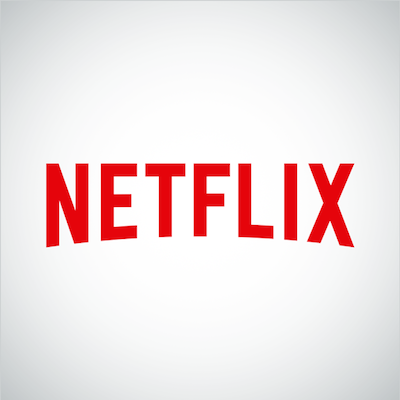
Brand Strategy / Positioning
Media & entertainment – streaming services
Netflix, Inc.
Media & entertainment – streaming services
Netflix, Inc.
Entertaining the world, one fan at a time.
Entertainment, convenience, accessibility, joy.
Pioneering, bold, confident, innovative, fun, welcoming.
Netflix was first launched in 1997 and is a prime example of a company that successfully underwent a radical digital transformation. Originally founded by Reed Hastings and Marc Randolph, Netflix initially offered a subscription-based DVD rental service before transitioning to streaming in 2007. Today, it is not only the biggest video streaming service but also one of the most significant content producers, responsible for creating series such as “The Queen’s Gambit”, “Orange Is the New Black”, “The Crown”, and “Stranger Things”. It defines itself as “one of the world’s leading entertainment services”2. Everything Netflix does aims to enhance both user engagement (through great content and sophisticated algorithms that help users discover content they’ll likely enjoy)3 and ease of use (with continuous improvements to its user experience and multi-device availability).
Previously, the company defined its purpose as “Connecting people with stories” and emphasised the role stories play in people’s lives (“Stories move us. They make us feel more emotion, see new perspectives, and bring us closer to each other.”)
More recently, Netflix has shifted its focus to the theme of entertainment, highlighting its cultural impact through the attribute of fandom (“When our series and films become cultural moments, you can feel it across music, books, fashion, travel and more.”5.
In the past, Netflix’s messaging was more brand-oriented as its main goal was to educate people about what video streaming is and what the brand stands for (this is still the case in new markets). Today, when in many countries Netflix has become a household name, the company promotes the brand mostly through content6, with original TV series being the main promotional vehicle.
In 2014, Netflix unveiled its new logo, and in 2015, it introduced a completely revamped look based on the identity system called “the stack”10 like “imaginative time travel movies from the 1980s” or “critically-acclaimed witty independent comedies.” Now, it relies on advanced algorithms that learn from users’ viewing habits.
Must-Reads
1. Updated Netflix EVP document
https://jobs.netflix.com/culture
2. Marketing Dive on Netflix’s growth of ad-supported tier
P. Adams, “Netflix’s Ad-Supported Tier Grows 34%, With Critical Scale In Sight”, Marketing Dive, Jul 2024,
https://www.marketingdive.com/news/netflix-q2-2024-earnings-ad-supported-tier-CTV-marketing/721857/
3. Campaign on the “One story away” campaign
R. Sachitanand, “Netflix Launches ‘One Story Away’ Global Campaign”, Campaign, Sep 2020,
https://www.campaignlive.co.uk/article/netflix-launches-one-story-away-global-campaign/1694068
4. Gibson Biddle, former Netflix VP of Product explains the reasons behind the success of the brand
“The Three Tools Netflix Used To Build Its World-Class Brand”, First Round Review,
http://firstround.com/review/the-three-tools-netflix-used-to-build-its-world-class-brand/
Sources
https://www.netflix.com, https://www.facebook.com/netflix, https://twitter.com/netflix, https://www.instagram.com/netflix/, https://www.youtube.com/netflix, https://www.youtube.com/user/netflixuk